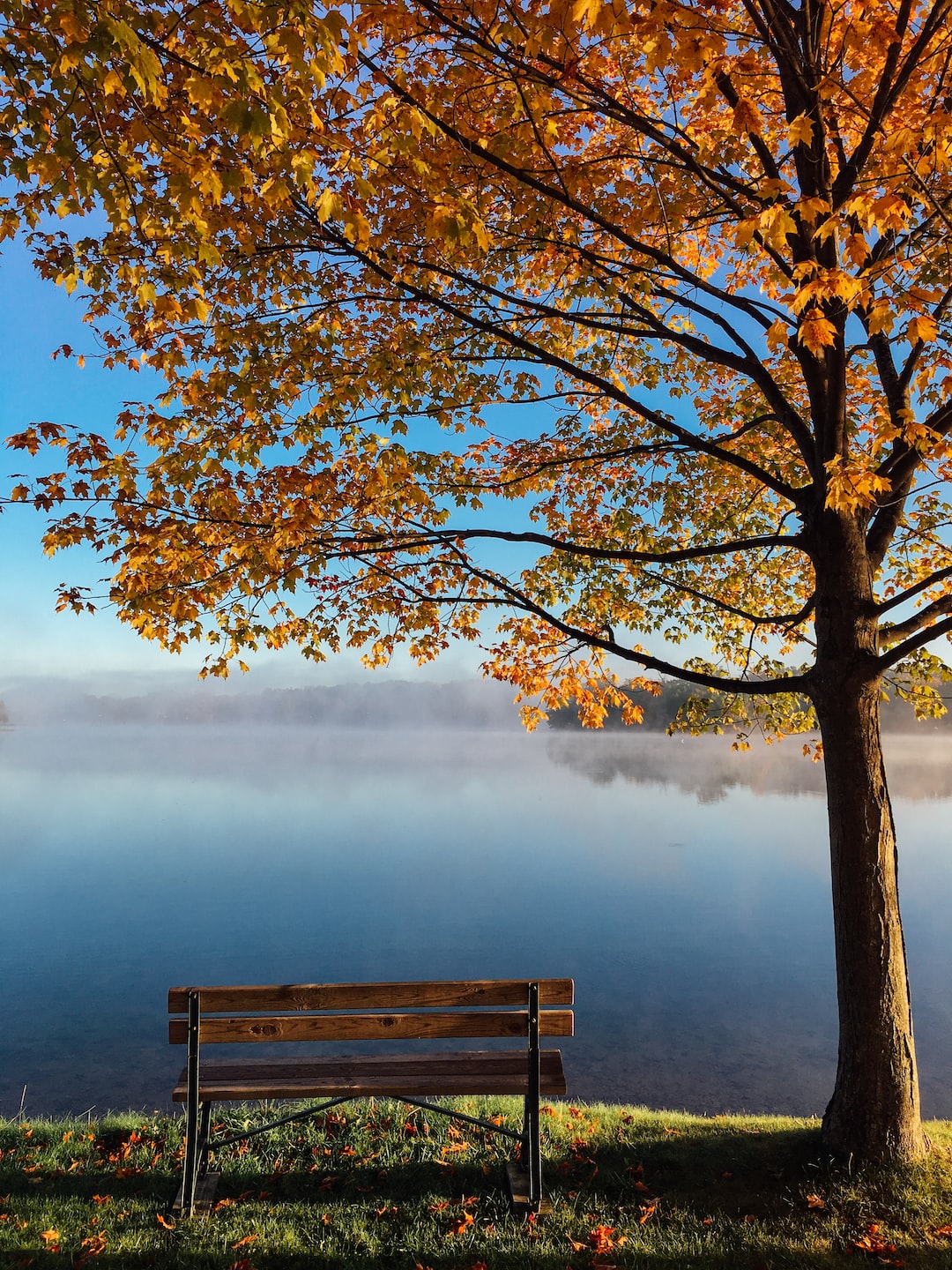The Art of Outdoor Photography: Capturing Nature’s Beauty
In a world filled with concrete jungles and fast-paced lives, there is something truly breathtaking about nature. The colors, textures, and diverse landscapes provide a beautiful escape from our daily routines. Whether it’s an untouched forest, a majestic mountain, or a serene beach, nature’s beauty can be found in every corner of the world. As outdoor photographers, our goal is to capture and preserve this beauty through our lenses, allowing others to experience it as well.
Outdoor photography requires patience, passion, and a keen eye for detail. It’s not just about pointing your camera at a scene and simply pressing the shutter button. It’s about understanding the elements that make up a great photograph, such as composition, lighting, and perspective.
One of the most crucial aspects of outdoor photography is composition. It is the art of arranging the various elements in a frame to create a visually appealing image. When photographing nature, it’s essential to pay attention to the rule of thirds. This rule suggests dividing the frame into nine equal parts by creating two horizontal and two vertical lines. The main subject of the photograph should ideally be placed along these lines or at their intersections, which creates a more balanced and visually pleasing composition.
Lighting is another crucial element in outdoor photography. The right lighting can make or break a photograph. Natural light, especially during golden hour (the hour after sunrise or before sunset), provides a soft and warm glow that enhances the beauty of landscapes. Shadows and highlights created by this magical light can add depth and texture to the photograph, creating a more dynamic image. Photographers should also consider the direction of light, as it can create beautiful silhouettes or bring out the details of a subject.
Perspective is what sets outdoor photography apart from other genres. As outdoor photographers, we have access to unique vantage points that others may not experience firsthand. Climbing a mountain, diving underwater, or hiking through dense forests allows us to capture nature from a perspective that most people never get to see. By experimenting with different angles and heights, we can create depth and dimension in our photographs, transporting viewers into the scene itself.
Technology has played a significant role in advancing outdoor photography. With the advent of digital cameras, we are no longer limited by the number of film rolls we can carry. We have the freedom to experiment, take numerous shots, and instantly review them on the camera’s LCD screen. This instant feedback allows us to adjust settings, exposure, and composition until we capture the perfect shot.
Post-processing is another essential aspect of outdoor photography. From adjusting exposure and colors to enhancing textures and removing distractions, post-processing allows photographers to bring out the true essence of the scene. However, it’s important to remember that post-processing should be used to enhance a photograph, not to drastically alter or manipulate it.
Outdoor photography is not just about capturing beautiful landscapes; it’s also about showcasing the wonders of nature and promoting its conservation. Through our photographs, we have the power to raise awareness about environmental issues, inspire others to appreciate nature, and encourage them to take action to protect it. By capturing the beauty of nature, we can create an emotional connection between viewers and the environment, motivating them to become advocates for sustainability and conservation.
In conclusion, outdoor photography is an art that allows us to capture the beauty of nature and share it with the world. Through composition, lighting, perspective, and post-processing, we can create visually stunning images that transport viewers into the scene itself. But beyond creating beautiful photographs, outdoor photography also has the power to inspire and advocate for the protection of our natural world. So, grab your camera, explore the great outdoors, and let your lens capture the essence of nature’s beauty.

